Common Types of CHD
Atrial Septal Defect (ASD)
A hole in the wall between the top two chambers of the heart.
» Click for a video and more info
Atrioventricular Septal Defect (AVSD)
A hole in the wall between both the upper and lower chambers of the heart.
» Click for a video and more info
Bicuspid Aortic Valve (BAV) & Aortic Stenosis
Usually there are three cusps in the aortic valve (the gateway between the left sided pumping chamber and the aorta that carries blood from the heart to the body). Bicuspid aortic valve means having two instead of there cusps. Narrowing of the aortic valve is called aortic stenosis.
» Click for a video and more info
Coarctation of the Aorta
Narrowing of the aorta, which is the the main artery that carries blood from the heart to the body.
» Click for a video and more info
Congenitally Corrected Transposition of the Great Arteries (CCTGA)
The positions of the right and left ventricles of the heart are switched (reversed).
» Click for a video and more info
The Fontan Heart
For patients who are born with hearts with one main pumping chamber (instead of two), they will have surgery called the Fontan operation (named after the surgeon who invented it).
» Click for a video and more info
Patent Ductus Arteriosus (PDA)
An open blood vessel between the aorta (that carries high oxygen blood to the body) and the pulmonary artery (that carries low oxygen blood to the lungs).
» Click for a video and more info
Pulmonary Stenosis
A narrowing in the opening between the right (pumping) side of the heart and the lungs.
» Click for a video and more info
Tetralogy of Fallot (TOF)
Four specific aspects of the heart that are different: right ventricular outflow tract obstruction, right ventricular hypertrophy, ventricular septal defect and an overriding aorta.
» Click for a video and more info
Transposition of the Great Arteries (TGA)
Reversal of the aorta and pulmonary artery, the two biggest arteries that carry blood away from the heart.
» Click for a video and more info
Ventricular Septal Defect (VSD)
A hole in the wall between the bottom two chambers of the heart.
This program was developed by:



